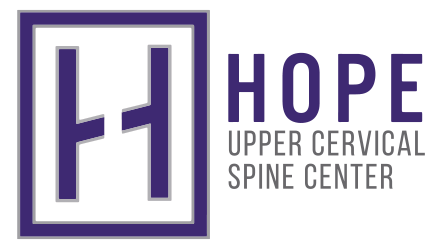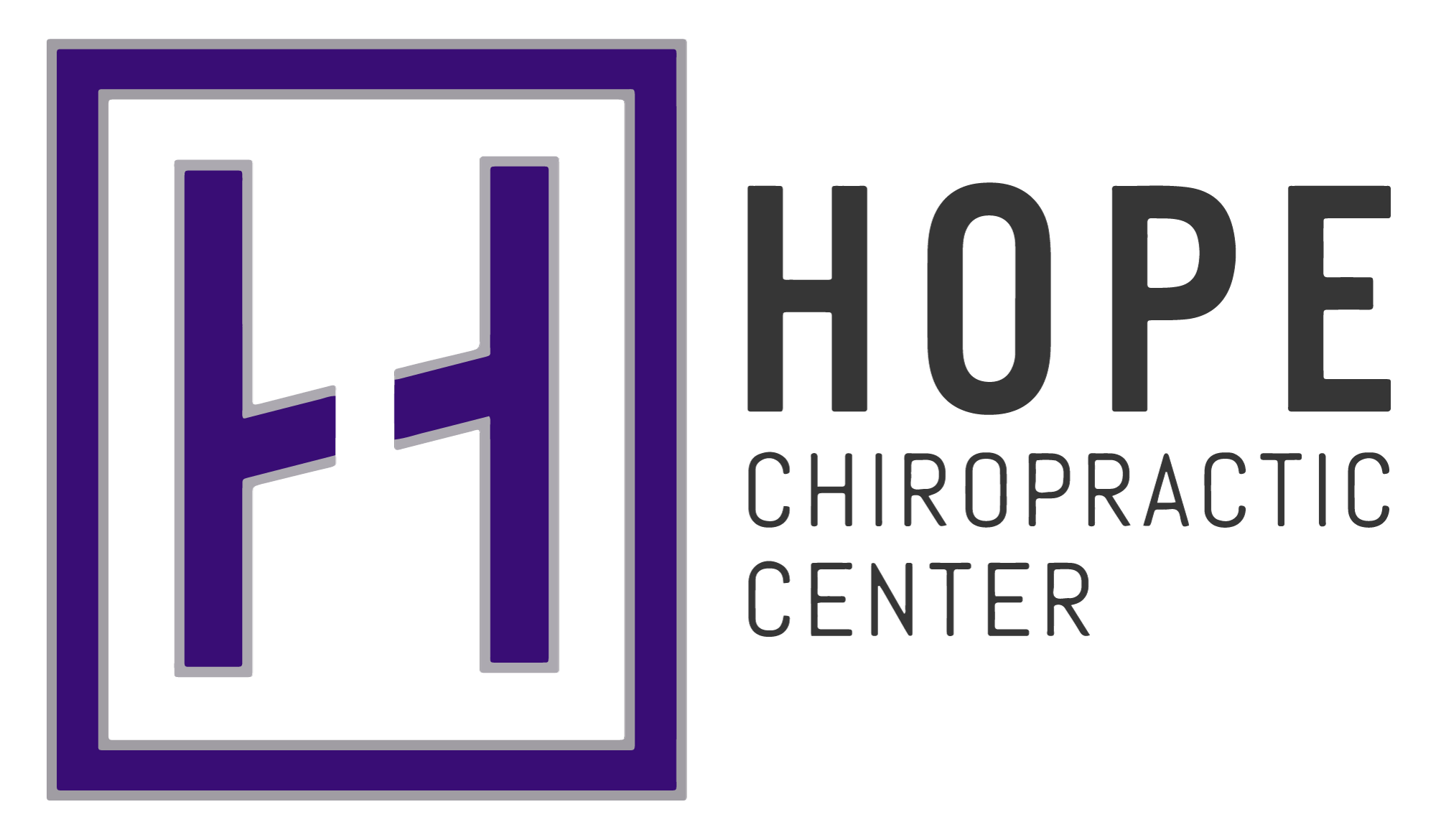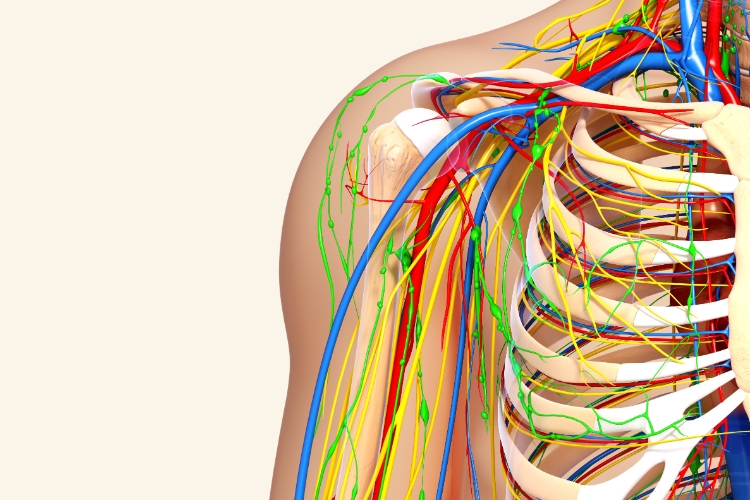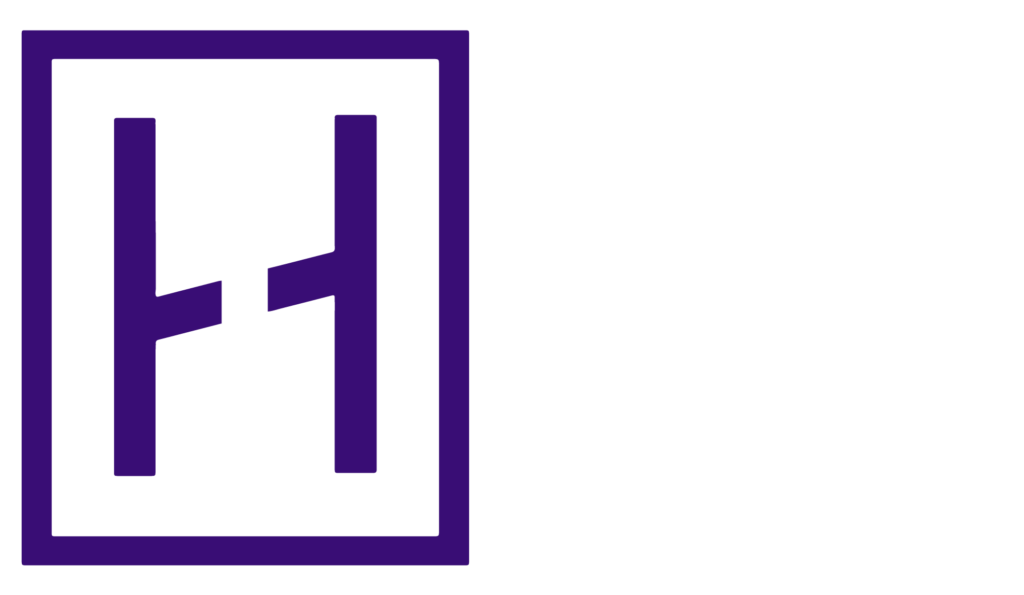Upper cervical chiropractic is entirely safe when administered by licensed upper cervical chiropractors. After chiropractic care, the highest number of complaints are regarding muscle soreness. Sometimes, the muscles need to relax in order to relieve a certain area. Muscles tend to harden and compress joints, tendons, nervous pathways, and even blood flow, which could cause a disbalance of elements in the brain, leading to headaches.
Why Isn’t Upper Cervical Chiropractic Dangerous?
The majority of chiropractic care in upper cervical chiropractic is applied to the atlas (C1) and the axis (C2), the two uppermost vertebrae of the spine. For that reason, all chiropractic care in the neck area is much gentler than other procedures, which can be seen in general chiropractic practice.
This makes upper cervical chiropractic the perfect choice for sensitive patients with head pain in Southlake. Upper cervical chiropractic can relieve headaches and general discomfort in the upper area of the body, alongside many other conditions.
Overall, complaints regarding upper cervical chiropractic are few. Instead, the majority of possible complications usually occur in patients treated with lower spine general chiropractic, which significantly differs from upper cervical chiropractic care.
How Does Upper Cervical Chiropractic Differ From General Chiropractic?
UCC or upper cervical chiropractic generally focuses on maintaining or caring for the relationship between the patient’s neck and body. The neck has a very serious influence on the nervous system, and the brain’s stem function also passes through the neck.
Other practices aside from UCC don’t necessarily deal with the nervous system. UC practitioners often use machinery like X-rays to confirm there is a misalignment in the neck before any correction to the vertebrae is attempted.
These corrections are generally very light and almost imperceivable to the patient in terms of sensation. There is no twisting or cracking that you would otherwise experience with a general chiropractor. All of the corrections done by a UC practitioner would be on your atlas or axis.
What is the Atlas Vertebrae?
The atlas or C1 vertebrae is the first cervical spine out of seven that supports the majority of your head’s weight. It is located exactly below the brain stem. Compared to the other six vertebrae, the atlas is the only one without a disc.
For that reason, your skull can freely rotate. However, that allowance for movement also makes it the most vulnerable vertebrae in your body. The name of the vertebrae comes from the Greek Titan Atlas, which in Greek mythology holds the entire Earth on his shoulders. Much like Atlas, the uppermost vertebrae of our cervical holds our heads.
A misalignment in the atlas often results in other misalignments down the spine. Moreover, nerve inflammation or damage lower down the spine that results from atlas misalignment cannot be reverted without restoring the atlas to its original position, hence rendering some general chiropractic techniques useless.
If you require care for neck pain in Southlake, upper cervical chiropractors should be consulted before a general chiropractor.
What is the Axis Vertebrae?
The axis vertebrae or the C2 is the second cervical vertebra of your spine. It serves as a pivot point for your atlas, the only rotating vertebrae in your body. It holds the Atlanta-axial joint, which serves as a connection between the two vertebrae.
While the atlas doesn’t have articular discs, the axis vertebrae has both superior and inferior articular discs.
What is Axial Neck Pain?
It is estimated that roughly more than 10 percent of the world’s population suffers from axial neck pain at any moment. Of course, axial neck pain isn’t severe enough to prevent you from doing day-to-day tasks and activities. However, it can be a nuisance that needs to be resolved if the symptoms are prolonged and painful.
The symptoms of axial neck pain are usually described as discomfort in the shoulders and neck or in the neck and the base of your head. Different symptoms could include headaches, muscle pain, tingling sensations near the base of your head, or stiffness.
What Can Cause Axial Neck Pain?
Axial pain is usually caused by an injury, poor postures, or ergonomics. However, arthritis or bone degeneration in older individuals could also affect the axis poorly. Other possible conditions leading to axial neck pain can be arthritis or shoulder injuries like rotator cuff tears or stretches.
It usually takes no more than six weeks to resolve axial neck pain with the help of a UC chiropractor. If you are suffering from axial neck pain, look for an upper cervical chiropractor in Southlake.
What Conditions Can Be Cared For With Upper Cervical Chiropractic?
Many conditions could arise from the improper position of vertebrae, muscles, and connective tissue. When some part of the body is misaligned, it causes many other things not to function properly. Some of the most common conditions that can be relieved are:
- Bad posture
- Sciatica
- Neck and back pain
- Vertigo
- Blood pressure problems
- TMJ disorders
- Breathing difficulties
- Muscle weakness
- Autoimmune diseases
Whatever the disease you are suffering from, the best way to start is to get checked. It is essentially wrong to cure symptoms without knowing what causes the condition in the first place.
In upper cervical chiropractic, understanding the cause of the symptoms is the priority before starting treatment and procuring any adjustments to the patient. For that reason, machinery like X-rays is often utilized in practice.
Conclusion
Upper cervical chiropractic is not dangerous when applied by certified UC chiropractors. A wide variety of medical conditions can be cared for with gentle corrections on the C1 and C2 vertebrae. Usually, these corrections are almost un-perceivable for the patient. They are very subtle compared to general chiropractic methods like cracking or twisting.








